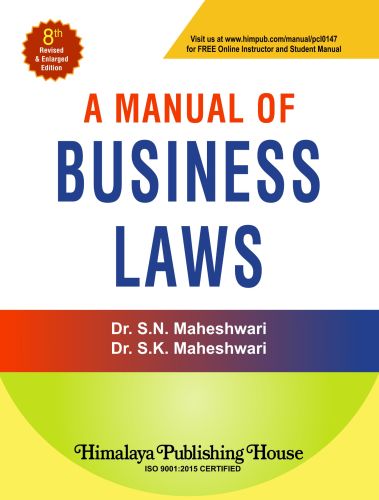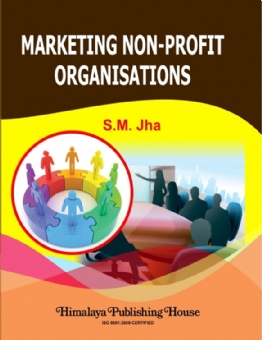Honey is a gift of nature to the mankind. The worker honey bees collect nectars from the flowers, processed in their special stomach, called ‘honey stomach’ and deposit it in honeycomb by regurgitated processed nectar. In ancient times, the honey collectors used to collect honey from wild beehives attached to the rocks, trees or house corners. This practice is still continued today in most of the developing countries including India. The keeping of bees in hives and obtaining honey was started by a bishop in Hartz Mountain of Poland during 11th century. This probably was the first commercial production of honey. However, when Lorenzo Lorraine Langstroth, a resident of Yorkshire migrated to USA, discovered ‘the movable comb honey’. During 19th century, the beekeeping was started scientifically in all other countries and developed the technology of obtaining honey and other bee products like royal jelly, propolis, beebread, apitoxin, beeswax (zebrus) and apichitin in pharmaceutical, food industries, cosmetics, paints, polish, etc.
The beekeeping is an important bioresource of sustainable development of livelihoods and its role in removing poverty. It increases the agricultural crop yield by 10 per cent to 20 per cent through pollination by bees. Hence, bees are the friends of the farmers. It can be a foreign exchange industry. China is the biggest exporter of honey to Europe and America. Recently, more emphasis is being given to use the beekeeping practice for pollination of crops and fruit plants in India. However, the technologies to extract and prepare different bee products are not practised, nor they are applied in India. The present book describes recent technologies for enhancing the yield of honey and other bee products and marketing them for income generation.
Contents –
Introduction
1. History of Beekeeping
2. Fundamental of Apiculture
3. Modern Technology of Apiculture
4. Commercial Beekeeping in India
5. Diseases and Enemies of Bees
6. Culture of Stingless Bees (Apidae: Meliponini)
7. Honey Production and its Uses
8. Recipes of Honey
9. Other Bee Products
10. Detoxifying Mechanism of Honey in Drug Toxicity
11. Production of Herb Honey
12. Apitherapy (Medical Applications)
13. Cosmetics, Food and Drinks from Bee Products
14. Apiculture and Agriculture
15. Beekeeping and Livelihoods
16. Marketing Techniques
References
Government Head Offices of Apiculture of India
Appendix 1: Apiculture Terms
Appendix 2: Short Article by Dr. J.W. Dobrowolski







